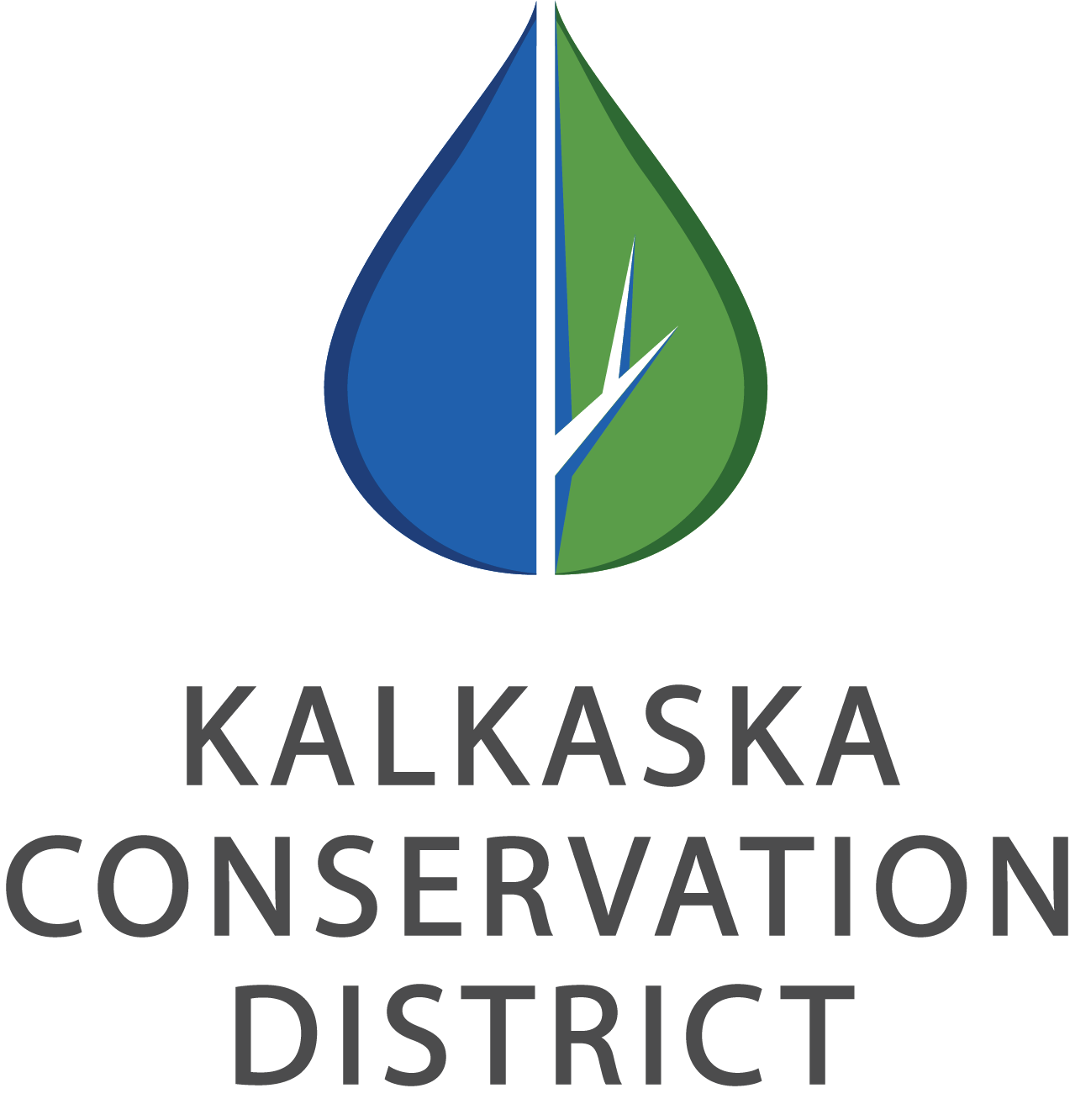On the Hunt for Pollinators
By Marilyn Shy, Kalkaska Conservation District
A few weeks ago I was thrilled to find three monarch caterpillars eagerly munching on my milkweed plants at the edge of my vegetable garden.
It got me thinking about the global population of monarchs. What is the state of the monarch species? Is it increasing or decreasing? And are our efforts to aid this iconic butterfly helping at all?
Recent statistics compiled by Monarch Watch, a citizen-science based organization affiliated with Kansas State University, indicated that the butterfly colonies for the eastern region of the US (including Michigan) occupied 5.2 acres of forest in the mountains of Mexico this past winter. While that’s up from 1.7 acres during the winter of 2013-14, it’s down from this century’s peak of 27.5 acres in 2003-04. So it’s a mixed bag, to be sure.
Still, after several years of encouraging the plants on my small property, I am happy to report that I have a good crop of milkweed this year, and it is always a delight to see the caterpillars.
The best thing you can do for monarchs is plant milkweed, but it is also beneficial to plant other nectar-producing plants, which will in turn help other pollinators too. Ideally, you should have early and late-blooming plants, including trees and shrubs as well as wildflowers. Nectar plants preferred by monarchs include wild cherry, lilac, Labrador tea, blazing star, red clover, dogbane, goldenrods, ironweeds, joe-pye weed, marigolds, asters, rattlesnake master, sunflowers, thistles, vetches, and of course, milkweeds.
Although the monarch is considered to be the spokesperson for all pollinators with its brilliant orange and black wings, wild bees and honeybees claim the title for most crop species that are pollinated. We don’t think about wild bees all that much, and yet a study done in 2021 by Michigan State University identified a whopping 465 species of wild bees in Michigan. Crops pollinated by bees include melons, peppers, cucumber, squash and pumpkins; fruits such as strawberry, blueberry, apple, raspberry, peaches, cherries, oranges, grapefruit, lemons and limes, and other vegetable and nut crops such as avocado and almonds. In all, over 100 important crops are pollinated by bees. Three-fourths of the world’s flowering plants and 35% of the world’s food crops depend on these pollinators and others.
And who are the sometimes overlooked pollinators? Birds, bats, beetles, and flies, of course! This is a very large group of pollinators, and we continue to hear about them more and more. Fun fact: Do you love chocolate? If you do, then you should appreciate the lowly fly. These are the main pollinator for the cocoa tree. Flies are second in importance to bees as pollinating insects. They have lower energy requirements than bees, which leads them to bask in the flower longer, ultimately picking up more pollen to transfer to the next plant they visit.A few weeks ago I was thrilled to find three monarch caterpillars eagerly munching on my milkweed plants at the edge of my vegetable garden.
It got me to thinking about the global population of monarchs. What is the state of the monarch species? Is it increasing or decreasing? And are our efforts to aid this iconic butterfly helping at all?
Most of us know that populations of bees and other pollinators are declining around the world. Some of the reasons include habitat loss, pesticide use, climate change, and competition with non-native species.
So what can YOU do to help out pollinators in general? Simple actions can make a difference. We’ve already discussed planting milkweed and nectar-producing flowering plants for monarchs, which will aid other pollinators as well. Consider planting a pollinator garden in whatever space you have, from a backyard to a field to a planter pot on the porch. Scatter native seeds during the fall and winter; most need a period of cold dormancy in order to germinate in the spring, also known as cold stratification. There are many organizations that will certify and provide a sign to use in your pollinator habitat. Leave a few patches of bare ground in your yard for overwintering and nesting insects such as wild bees. Use nature-friendly products or reduce the amount of chemical use in your yard. Tell a friend or neighbor what you are doing to help pollinators. The more we learn about the important tasks of pollinators, the more we become aware of how important every tiny bee, butterfly and beetle is to nature, and to us.
For more information on what you can do to help pollinators, call Renee at the Kalkaska Conservation District at (231) 258-3307, or email her at renee.penny@macd.org.




